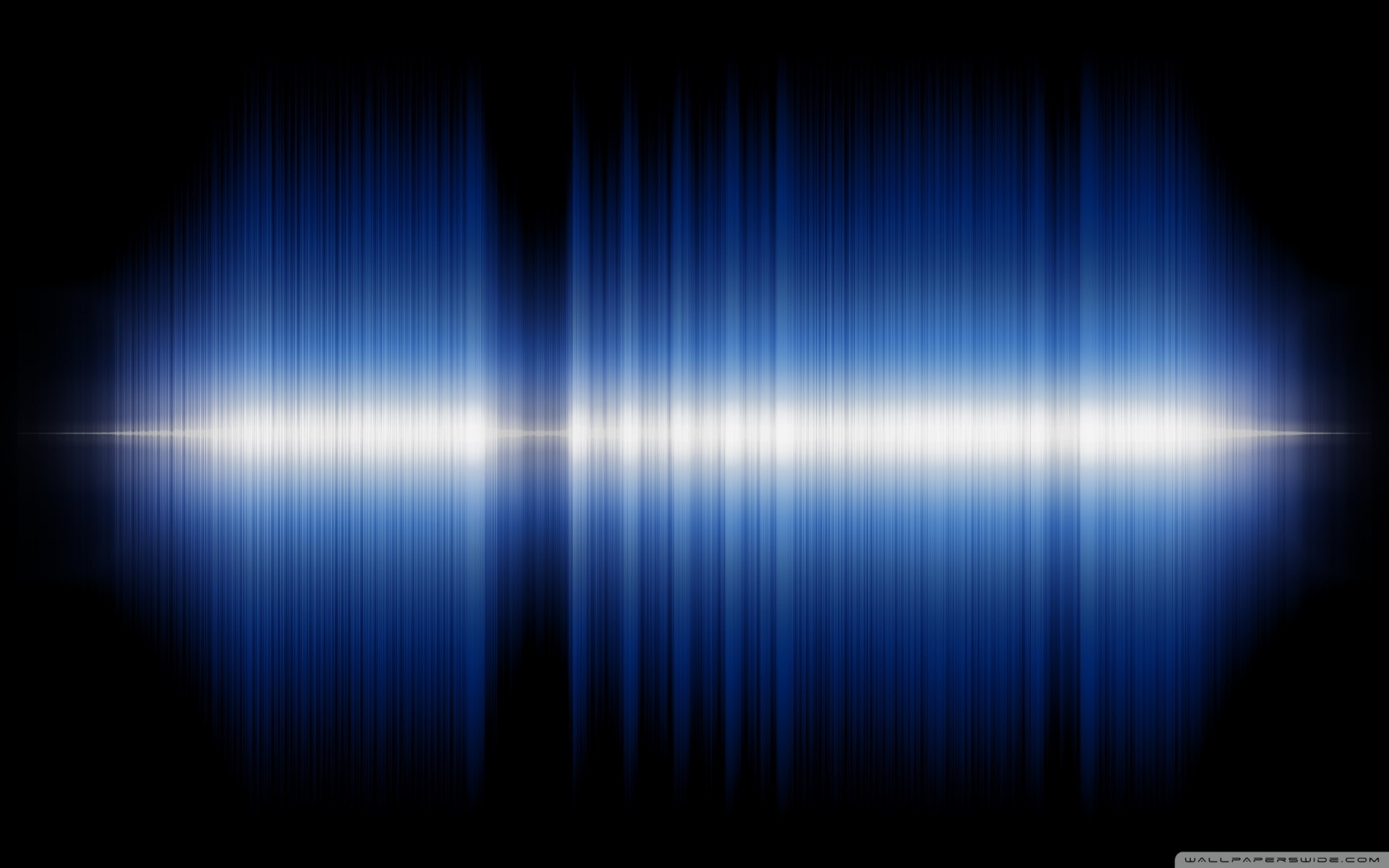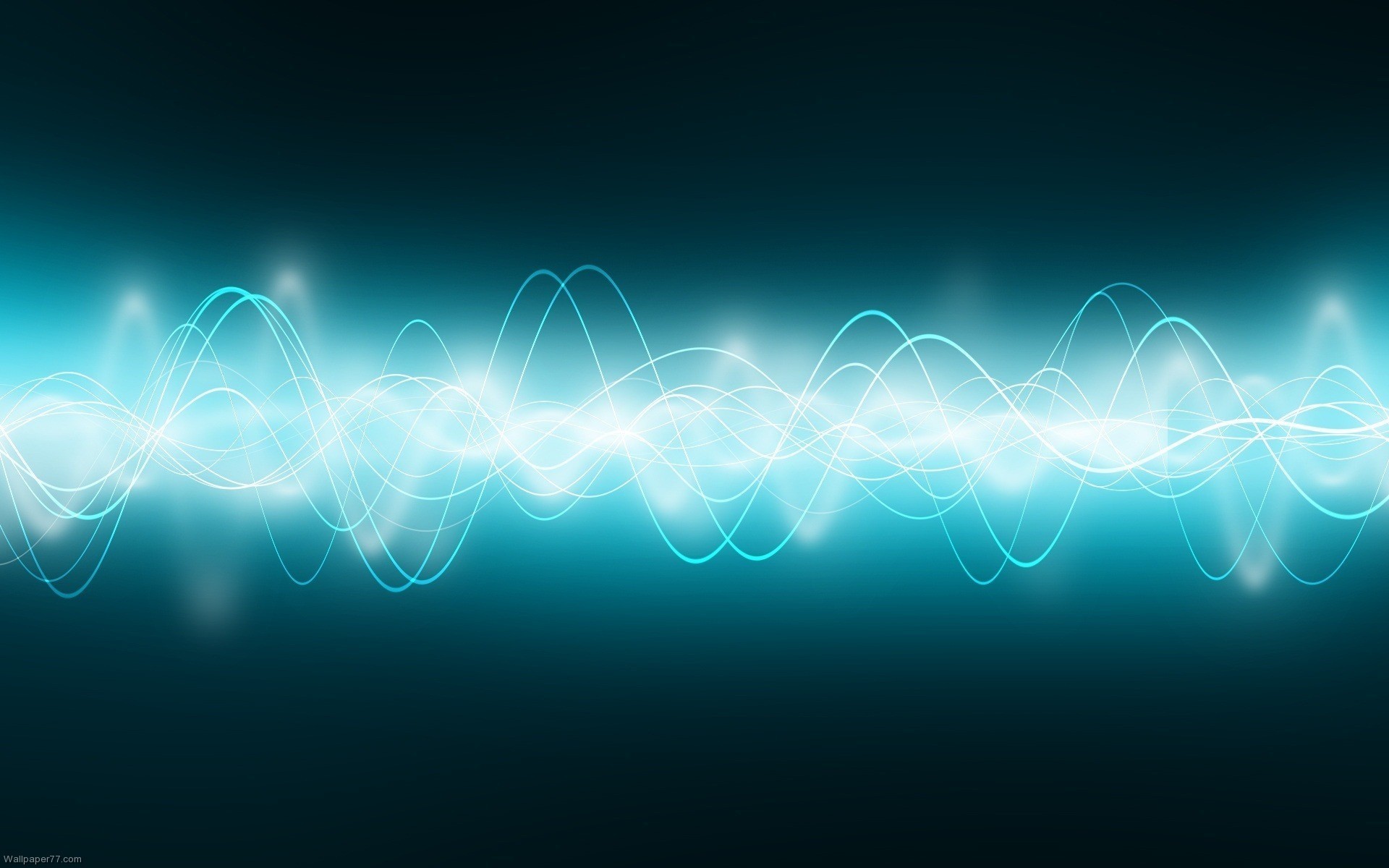

So two sinusoids at different phases end up producing the effect of a single sinusoid.įor example, here are two sinusoids at the same frequency but with different amplitudes and phases. We can use some standard trigonometric identities to write this asįor some appropriate choice of \(A\) and \(\phi\). More generally, what happens when we play two sinusoids of given amplitudes and phases but the same frequency simultaneously? When we combine the sinusoid \(A_1 \sin(2\pi (ft + \phi_1))\) and \(A_2 \sin(2\pi (ft + \phi_2))\) to produceĪ_1 \cos(2\pi (ft + \phi_1)) + A_2 \cos(2\pi (ft + \phi_2)) So we see that it is possible for two sinusoids with the same frequency and different amplitudes and at different phases can combine to form a single sinusoid at the same frequency with some new amplitude and phase. Using basic trigonometric identities, the basic sinusoid above can be expressed as a superposition of two different sinusoidsĪ \sin(2\pi (ft+\phi)) = A_1 \sin(2\pi ft) + A_2\sin(2\pi (ft+1/4))

We can create the sound of a sinusoid with a given amplitude and frequency using a synthesizer and when we have two synthesizers we playing together, the result is the sum of two function formed by summing two functions. We can represent the \(x\)-coordinate of the position at any future time \(t\) by the formula \(\cos(2\pi ft).\) On the other hand, the formula \(\sin(2\pi ft)\) defines the \(y\)-coordinate of the position at a future time \(t\) which is the \(x\)-coordinate phase-shifted by a quarter of a cycle i.e. moves a distance \(2\pi f\) per second), then in Cartesian coordinates, the position at time \(t\) is given by
SOUNDWAVES OF MUSIC FULL
If our point starts at \((1,0)\) at time \(t=0\) and moves at a speed of \(f\) full cycles of the circle per time unit (i.e. We assume our circle has a radius of 1 unit, making the circumference \(2\pi\). Assuming that the point has moved by an angle \(\theta\) from the point \((1,0)\) on the \(x\)-axis, we call its \(y\)-coordinate the sine of the angle \(\theta\), denoted by \(\sin(\theta)\) and we call its \(x\)-coordinate the cosine of \(\theta\), denoted by \(\cos(\theta).\) The result is shown in the bottom portion of the figure. At each moment in time, the Cartesian coordinates \((x,y)\) of the point can be recorded, and we can plot either the \(x\) or \(y\) coordinate as a function of time. This quantity is referred to as the sinusoid’s frequency. He told IFLScience that artist Diana Scarborough, who has a background in science, has made animations and dance pieces based on the phenomena whose sounds the project used, and performed them at scientific conferences following presentations on the same topics.The speed at which the point rotates about the orign can be measured in terms of the number of complete cycles made per second. "We hope that this album allows people to imagine time and space in the grandest sense."Ĭunio also hopes to go further, using the music to deepen the understanding of those who already possess some knowledge of the topic. "Space is vast and with this album we have the opportunity to really think about what this vastness means for us as we listen," Cunio said in a statement. Part of the project's intent is to inspire interest in the sources of the sounds Cunio uses. For others, however, he has tapped into the knowledge of both his collaborators and of specialists on the relevant topics at the Australian National University, where he teaches composition. For some pieces, such as Jezero Crater, he has not felt the need to learn more about the subject than the sounds themselves. Despite not having studied science formally since school, Cunio told IFLScience he has always been interested in it.


 0 kommentar(er)
0 kommentar(er)
